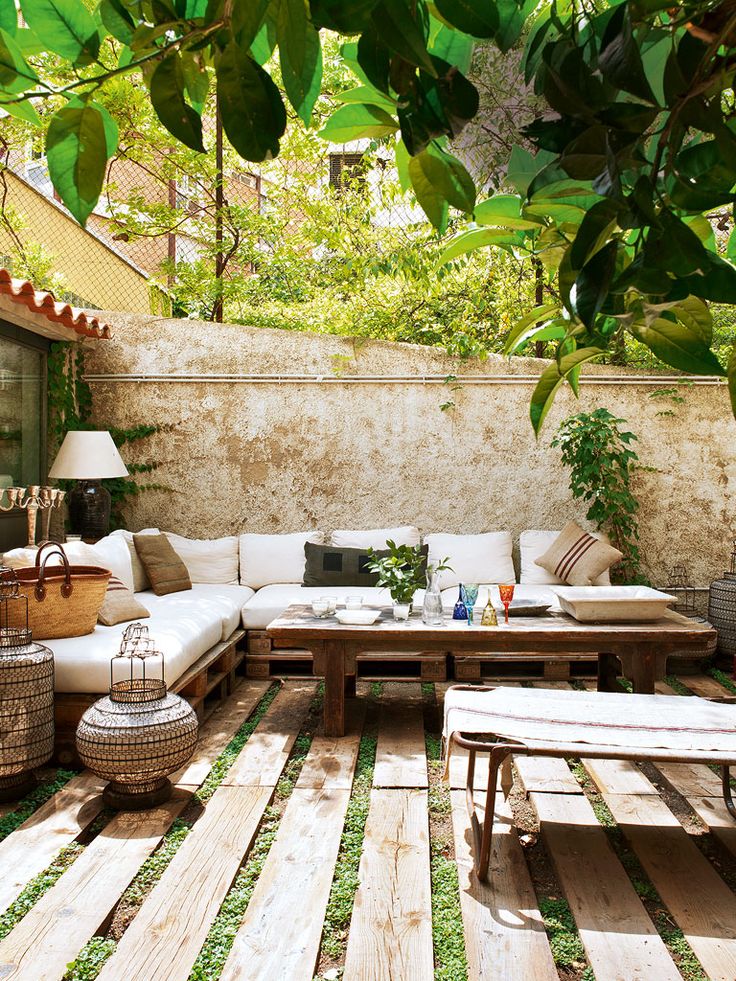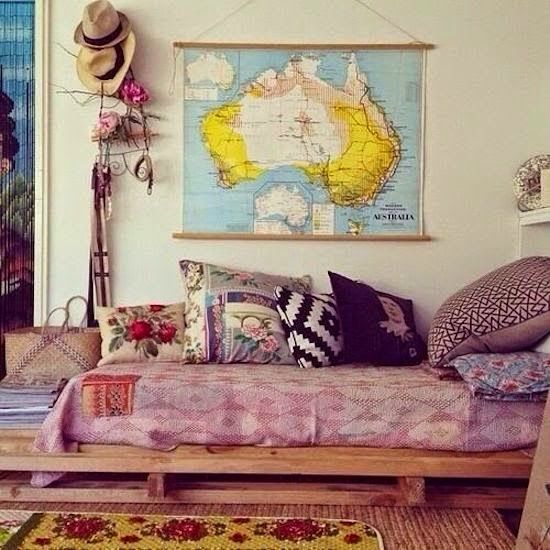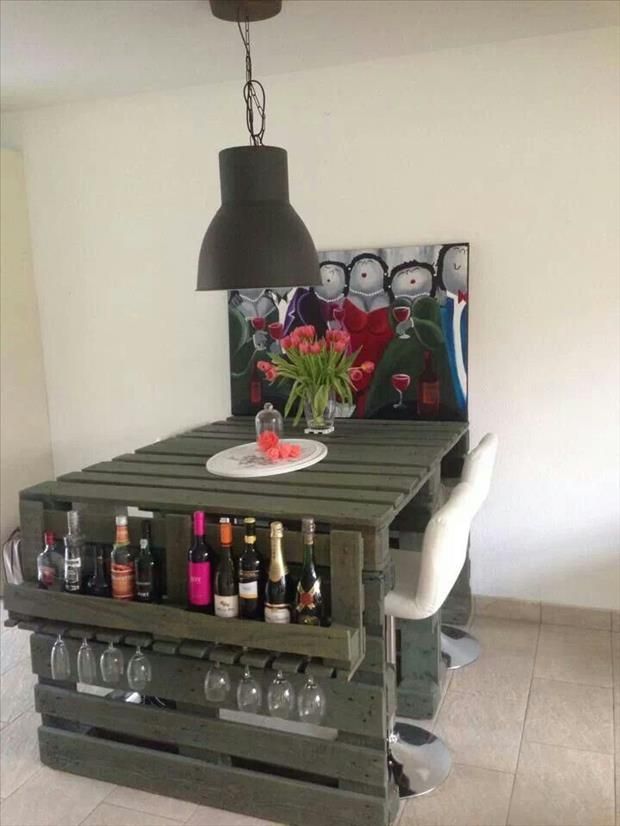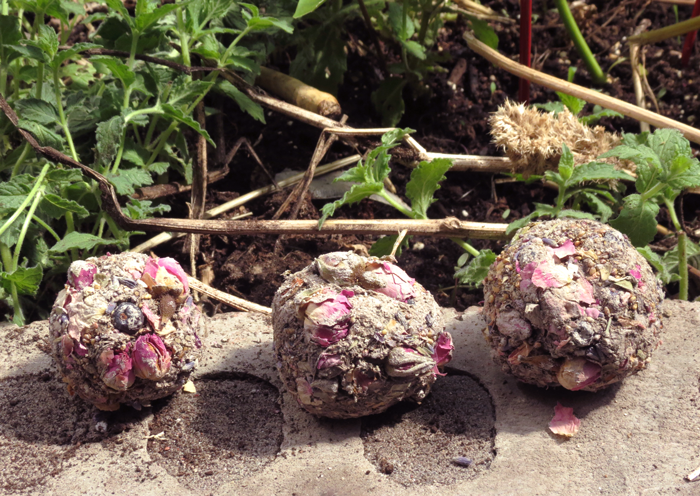Wooden Palettes are sitting around everywhere around Montreal, waiting to be transformed. Originally they are used by businesses for big bulk shipments, but end up very often being abandoned or hanging around for months with no use or purpose at all.
This doesn’t have to be the case though, the pallets are made of good quality wood and can be reclaimed and recycled in to unique and useful projects. Pallets can be found everywhere at supermarkets, behind stores, in alleys, abandoned lots. Pretty much anywhere where there is large shipment transactions going on.
My advice to you based on my personal experience, if you want to create something with the pallets, just do it! Don’t be shy to ask the business managers or owners if you can take a few, and don’t be lazy either and make excuses that you have no way to get them. Organize for someone to help you pick the pallets up and help you deliver it to your place. If you don’t have any family or friends who are available at the time to help you, then do as I did and just put up a post on craigslist or Kijiji, in the gigs /labor section. Hire a man with a Van, it might cost a few extra bucks to help you move them but you will have something of value that you created, while at the same time being environmentally conscious and responsible.
Once you have them in your humble abode, all you need is a saw, hammer and nails, and of course your imagination! If your not too good with tools, there are many things you can create with the pallets without tools or having to take them a part.
Check out some of these interesting design ideas below. I’ve included some very simple but charming pallet furniture projects that anyone can do and some other more challenging ones for the more handy builders out there. I hope you create some beautiful creations. And don’t be afraid to push your limits, just because your not handy now, doesn’t mean that you can’t be tomorrow. Take out the drill, and use it! Don’t limit yourself by your gender either, be all that you dream of being.
We are always working on different unique Upcycling projects at Valhalla Montreal. If you would like to join in and help out with one, we are at the land every Saturday, and welcome anyone who has a calling to join in.
Wooden Pallet Coffee Table
Wooden Pallet Deck
Garden Path Made with Pallets
Wooden Pallet Bed with Storage Drawers
Wood Pallet Book/Magazine Shelf
Wooden Pallet Stair Case
Wooden Pallet Dog Bed
Wooden Pallet Outdoor Furniture
Romantic /Wedding Pallet Furniture


























